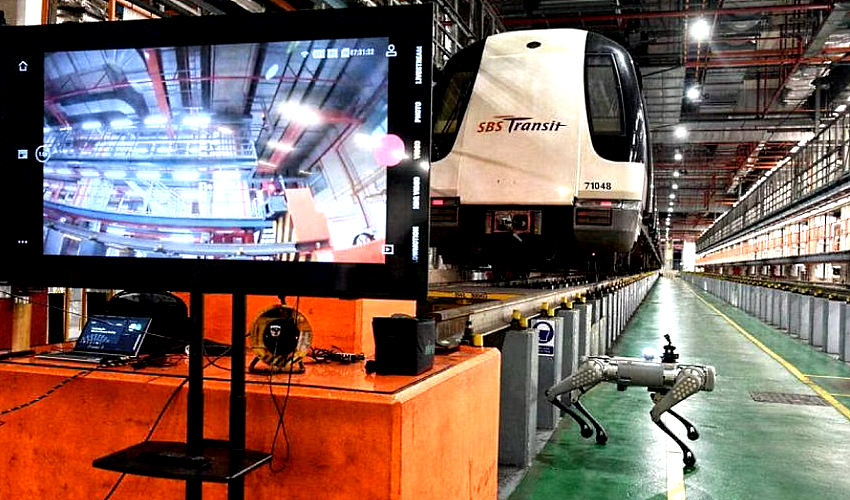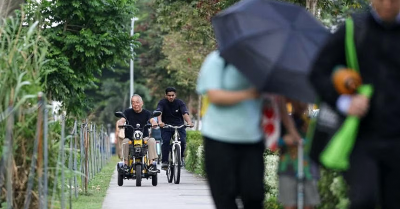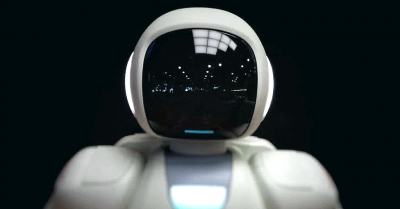At the North East Line (NEL) depot in Sengkang, SBS Transit technicians have a trusty companion to conduct MRT train inspections with – a 50 kg, four-legged robotic artificial intelligence (AI) dog.
Better known as kAI, the robotic dog assists technicians with maintenance activities such as monthly train servicing operations.
Equipped with a camera and sensors, it conducts visual inspections of MRT trains from different angles, checking different components for faults and utilizing its AI algorithm to analyse recorded data before providing recommended solutions to technicians.
kAI has effectively halved the time needed for a train inspection to just an hour, and significantly improved the quality of such inspections, SBS Transit said.
In the long term, kAI will be used for condition-based maintenance, where its enhanced sensors will detect train defects before train failures take place to ensure commuter safety and prevent train disruptions.
Additionally, it will be equipped with non-visual capabilities like thermal imaging and sound sensors, allowing for early targeted repairs of certain components.

It is one of the three transformation initiatives that will be rolled out on the NEL by the first quarter of 2024, before extending them progressively to the Downtown Line the same year.
SBS Transit is co-developing these initiatives with French train maker Alstom, whose trains are currently used for the North East Line and Circle Line, which is run by SMRT.
They have developed an engineering unit that specializes in 3D printing of train parts locally, removing the need to import spare parts.
This reduces carbon emissions, on top of enabling the customization of components and strengthening supply chain resilience.
The 3D printing process begins with the 3D scanning of the necessary components. For instance, a steel composite coil nucleus – part of a component called a propulsion control contactor that powers the train – can be 3D-printed for under $200 within three weeks.
This allows just a damaged coil nucleus to be replaced, compared to SBS Transit having to purchase the contactor for $1,500, which entails a six- to nine-month wait.

SBS Transit said the 3D-printed coil nucleus has proved to be highly usable even after 15,000 cycles of stress-testing, exceeding the standard lifetime and durability of the original part.
SBS Transit also stands to save $1 million in energy annually through AI-generated train timetables, which will synchronize train timings such that one train arrives at the station exactly when another is departing.
A system captures energy generated by a braking train and transfers that energy to a nearby accelerating train.
This will reduce the energy consumption of the entire fleet by up to 3,000 megawatt-hours, enough to power 750 four-room HDB flats for a year.
SBS Transit group chief executive Jeffrey Sim said: “Besides reducing operating costs, these technologies also improve the reliability and productivity of MRT trains.”
ADVERTISEMENT
ADVERTISEMENT








































